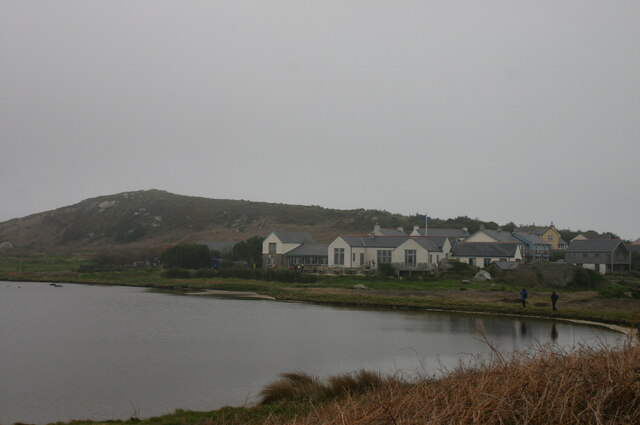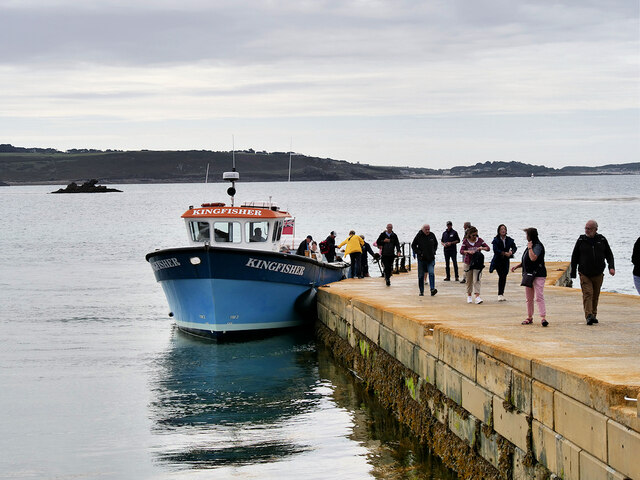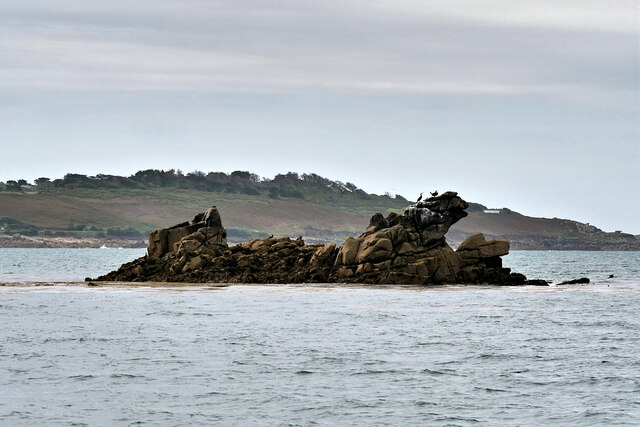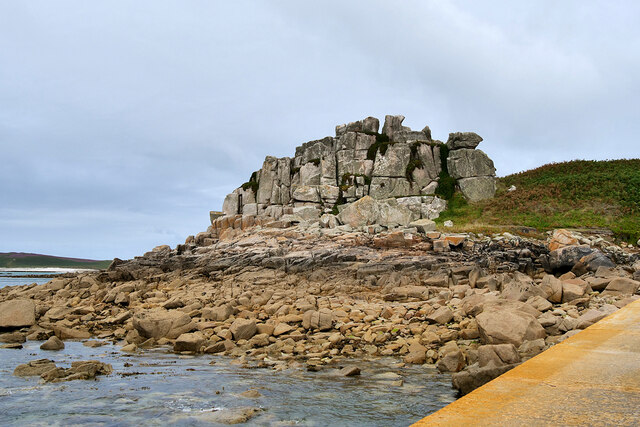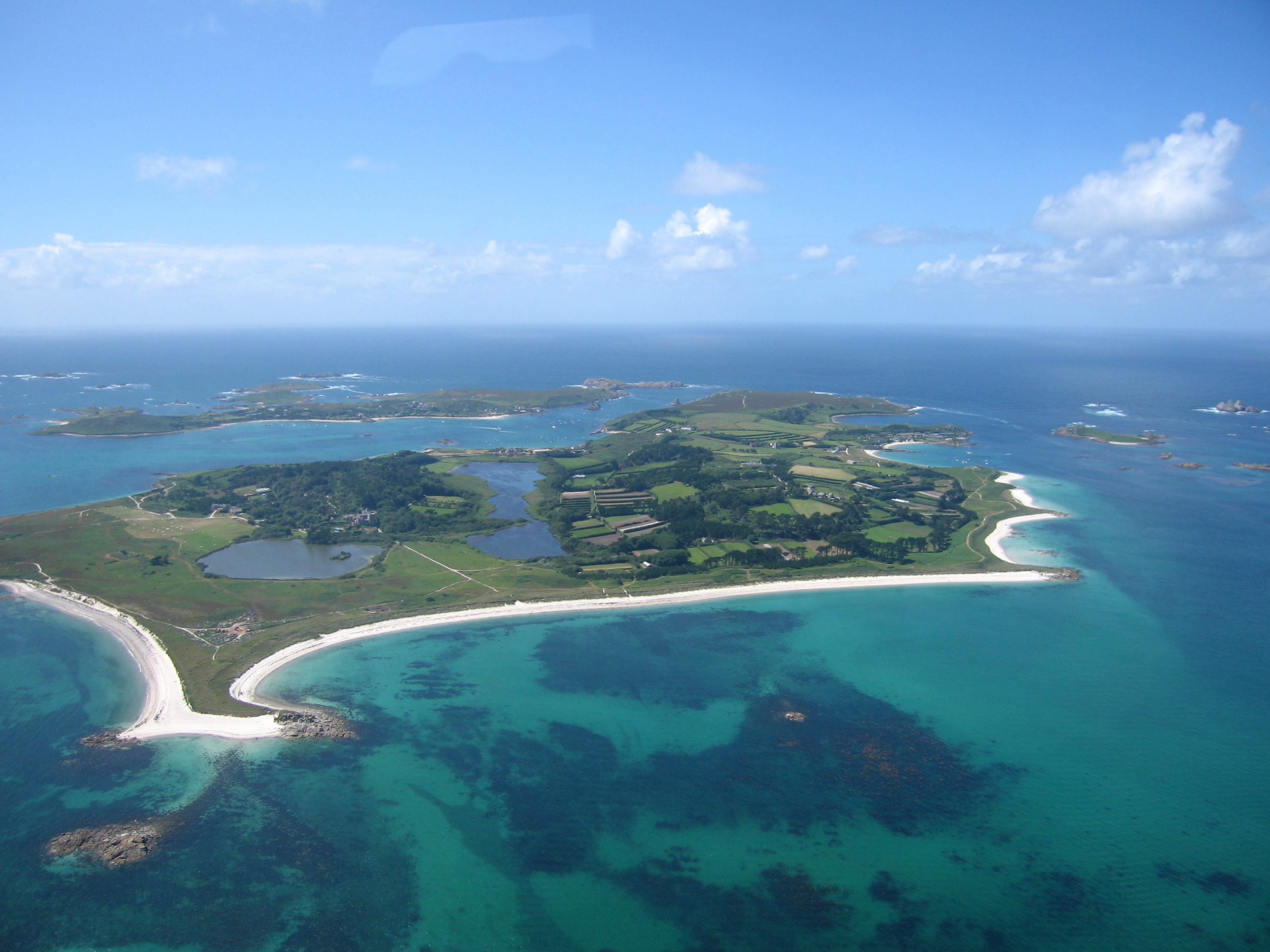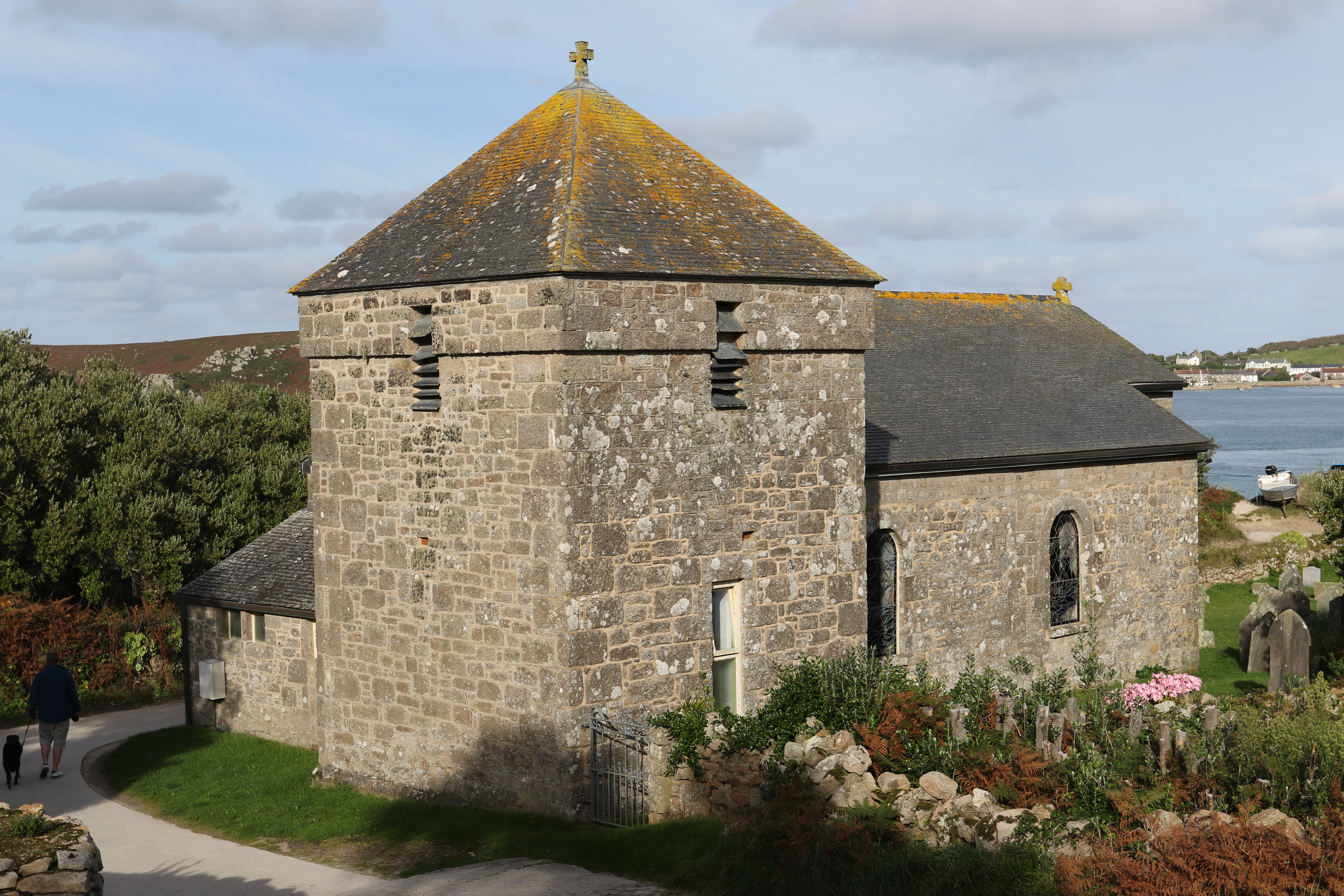Appletree Carn
Coastal Feature, Headland, Point in Cornwall
England
Appletree Carn

Appletree Carn is a prominent headland located in Cornwall, England. Situated along the rugged coastline, it serves as a stunning natural feature that attracts both locals and tourists alike. This picturesque headland is positioned at the southeastern edge of Cornwall, near the village of Portwrinkle.
Appletree Carn is characterized by its towering cliffs that rise dramatically from the sea, providing breathtaking panoramic views of the surrounding coastal landscape. The headland is named after the apple trees that once grew abundantly in the area, adding a touch of charm to its already enchanting appeal.
The headland boasts a diverse range of geological formations, with layers of sedimentary rocks visible along its cliffs. These rock formations reveal the area's rich geological history, dating back millions of years. The cliffs also display interesting features such as caves, arches, and stacks, which have been shaped by the relentless force of the ocean over time.
Visitors to Appletree Carn can enjoy various activities such as hiking, birdwatching, and photography. The headland is home to a variety of bird species, making it a haven for bird enthusiasts. Seabirds like gulls, cormorants, and fulmars can often be spotted nesting on the cliffs or soaring above the crashing waves.
As a coastal feature, Appletree Carn plays a vital role in protecting the coastline from erosion. Its imposing cliffs act as a natural barrier, absorbing the force of the waves and preventing them from wearing away the land.
Overall, Appletree Carn is a magnificent headland that showcases the beauty and power of nature. Its stunning cliffs, diverse geology, and abundant wildlife make it a must-visit destination for nature lovers and those seeking a glimpse into Cornwall's natural wonders.
If you have any feedback on the listing, please let us know in the comments section below.
Appletree Carn Images
Images are sourced within 2km of 49.946118/-6.337817 or Grid Reference SV8814. Thanks to Geograph Open Source API. All images are credited.













Appletree Carn is located at Grid Ref: SV8814 (Lat: 49.946118, Lng: -6.337817)
Division: Isles of Scilly
Unitary Authority: Isles of Scilly
Police Authority: Devon and Cornwall
What 3 Words
///foods.debut.fact. Near Tresco, Isles of Scilly
Nearby Locations
Related Wikis
Nearby Amenities
Located within 500m of 49.946118,-6.337817Have you been to Appletree Carn?
Leave your review of Appletree Carn below (or comments, questions and feedback).
